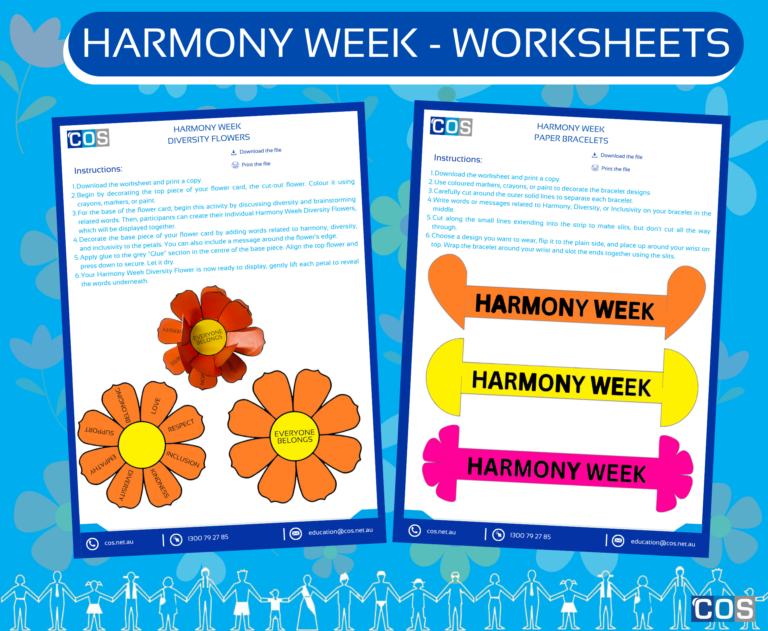Think age doesn’t matter when it comes to workplace communication? Think again. Language is continually evolving – and evolving fast. From face-to-face to web-based communication styles, fostering effective communication in your workplace requires careful consideration of generational differences between colleagues.
Born between 1997 and 2012, Generation Z (A.K.A. Gen Z, the ‘Zoomers’, iGen, or Centennials) are now already entering the workforce. And, with a steadily rising average retirement age, more and more of the Baby Boomer Generation are still here too. For possibly the first time in history, there may be as many as five different generations working side by side in your workplace.
Generational Workplace Communication
Each generation has its own unique values, beliefs and life experience. Baby Boomers entered the workforce during the massive cultural upheaval of the 1960s, while Gen Z grew up in a post-9/11 contextual landscape and the oldest are now entering the workforce in the midst of a global pandemic. The older generation grew up without computing tech, while the younger generations are considered ‘Digital Natives’.
The older generation are more face-to-face and formal, while the younger generations prefer casual short-form written communication. This new tech epoch has meant that tech-speak and internet slang (words like texting, Apps, FOMO, emojis, LOL, fleek, WYD, blogging, tweeting, iPhones, iPads, and so on) has now become commonplace in everyday language.
Language is Continually Evolving
Since our prehistoric ancestors first gathered around the fire to tell stories, language has always been evolving. However, language expert John Sutherland from University College London says that the English language is evolving at a faster rate now than at any other time in history, all due to the prevalence of social media and instant messaging.
With this sudden leap in the evolution of language comes a big gap in communication styles between generations, but while there might not be any major consequences for poor communication in day-to-day life, effective workplace communication is absolutely vital for business success.
When we talk about ‘talking’, we are now no longer talking only about face-to-face verbal communication. In the digital age, communication has shifted from verbal to be primarily written, rapid-fire, and short-form, This is especially true of workplace communication. The transition from in-person and telephone communication to the use of texts, emails, pictures, videos and emojis has birthed a myriad of ways that people of different generations can potentially misunderstand each other.
Take the ellipsis for example – the “…” at the end of a sentence. While older generations see the ellipsis as a way to create mystery or perhaps indicate a loss of thought, younger generations may consider the ellipsis to be passive-aggressive.
Tech has Changed how we Work and Communicate
To understand how different generations’ like to communicate and why, we must understand the environment that each generation encountered when they first joined the workforce.
Baby boomers entered a workforce where the predominant method of communication was face-to-face. They were the first generation to use the telephone, but this was as far as the available technology at the time could go. Waiting weeks for the postal service to deliver a document or letter made written communication highly inefficient – there is a reason why we now call it ‘Snail Mail’.
Email wasn’t widely adopted as workplace communication until the late 1980s. And when email finally became available, they generally had to connect over a slow dial-up connection, meaning that sending and receiving emails was slow and highly inefficient.
Due to comfort, lack of understanding or lack of education, some baby boomers are still resistant to the information technology revolution in the workplace. They prefer using the telephone as this is close enough to in-person communication, and most still prefer it as their primary communication method.
The first generation to truly embrace digital workplace communication was Generation X. Born between 1965 and 1980, they were the earliest adopters of email and became comfortable with the written word being their primary method of communication at work.
The Rise of the ‘Digital Native’
Millennials (or Gen Y) are considered the first ‘Digitally Native’ generation. Born between 1981 and 1996, they are used to adapting to new tech – because new tech is all they’ve ever known. Growing up with mobile phones means texting and instant messaging are a part of who Millennials are and how they communicate. People of this generation need to be connected. They are obsessed with emails – more than half of them will check their email while still in bed in the morning.
Millennials have been labelled with something call ‘Phone Anxiety’ – they sleep with their phones within reach, and they even go to the restroom with phone in hand – but they may react with extreme anxiety at the prospect of having to answer an actual voice call.
If this is you, you’re not alone. A study from European telecommunications company O2 found that the ‘telephone’ app (used to make voice calls) is only the fifth-most-used app on the average smartphone, clearly showing this aversion to phone calls.
Why? Talking over the phone may be daunting because it doesn’t allow you the space to think over your words, and because in the absence of all other social cues – like body language and facial expression – your brain finds it difficult for you to ‘read’ the other person and react appropriately.
Fast forward to Gen Z, and rates of phone anxiety are even higher. Gen Zs spend far more time online, have a “bond to the Internet”, and almost 80% of them will reach for their phone if they feel their attention is not being stimulated.
It’s not all bad though. Gen Z generally are better-behaved, and more concerned with academic performance and career prospects than previous generations. In fact, Gen Z is set to be the best-educated generation ever. So while they are tech-addicted, this will likely not have a negative impact on their work ethic. It only goes to show that digital communication is on the rise.
The Digitalisation of the Workplace
While pen-and-ink and face-to-face communication is still common, most workplace communication is now done via the internet. And although in our personal lives instant messaging has become the norm, email still remains the most popular choice in the workplace. Every day, over 205 billion emails are sent around the world. Emails are likely the favourite form of workplace communication because they are not necessarily time-sensitive, provide information in a clear manner, are trackable and feature the ability to attach documents and files.
Emails are far more efficient than verbal communication, giving employees the ability to gather your thoughts and respond quickly to the message with all information necessary. Most professionals now think that in-person meetings are an unproductive waste of time and reduce staff productivity, focus, and engagement. How many times have you thought to yourself, ‘wow, this meeting could have been an email’!
This digitalisation of workplace communication also rolls over into other areas of professional life. The younger generation are pushing for more casual work environments and relaxed dress codes, office perks, more flexible hours and the ability to work from home.
In fact, 92% of Millennials identify flexibility as a top priority when job hunting, and while many larger established organisations have been hesitant or afraid to embrace this change, a more flexible digitalised working environment seems to be the way of the future.
What is the Future of Workplace Communication?
According to the Deloitte Millennial Survey, by the year 2025 Millennials will make up 75 per cent of the global workforce. This means that companies need to adapt to the changing needs and preferences of the younger generation if they want staff to remain productive. The communication trends that we are seeing today will continue to evolve into the future, especially as tech becomes more advanced.
At the end of the day, while workplace communication preferences and vernacular varies across generations, some things don’t change. No matter our age, we all still share common wants – both in the workplace and out. Jennifer Deal at the Center for Creative Leadership (who wrote the book on intergenerational communication styles) says that “The so-called generation gap is, in large part, the result of miscommunication and misunderstanding, fuelled by common insecurities.” Her research found that all generations want the same things from workplace communications: strong values and integrity, wanting respect, trustworthy leaders, learning new skills, and feedback on their work.
While you might sometimes find it difficult to communicate to your much older or younger coworker, the fundamentals of good communication in the workplace don’t change that much between generations. Actively listening to the person you’re speaking with, being concise, and being respectful and trustworthy, are just as important as they’ve ever been. The main difference now is the mode of communication we use to do this.
Stephen Covey, author of the bestselling book The 7 Habits of Highly Effective People, says: “Trust is the glue of life. It’s the most essential ingredient in effective communication. It’s the foundational principle that holds all relationships together.”

